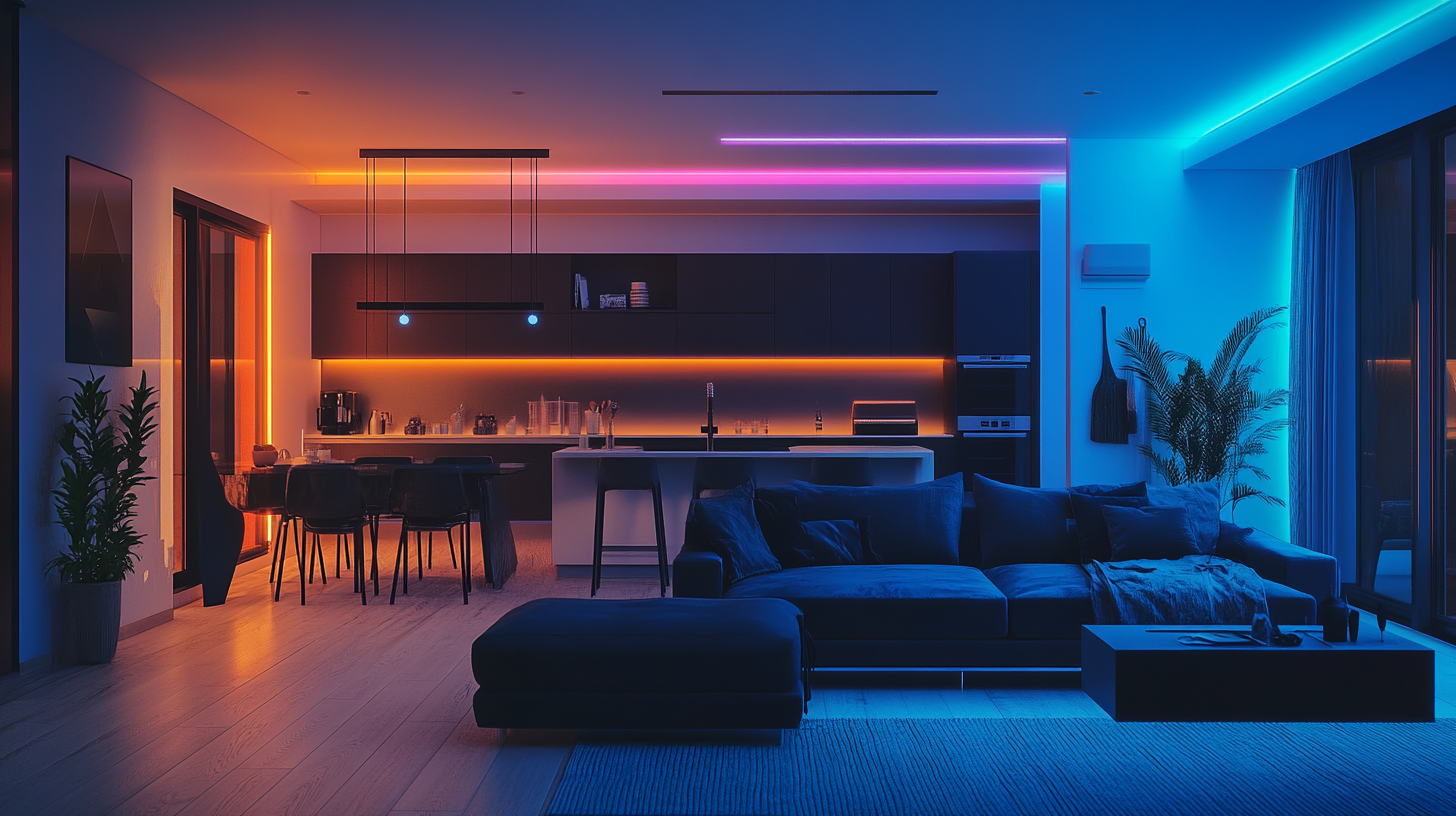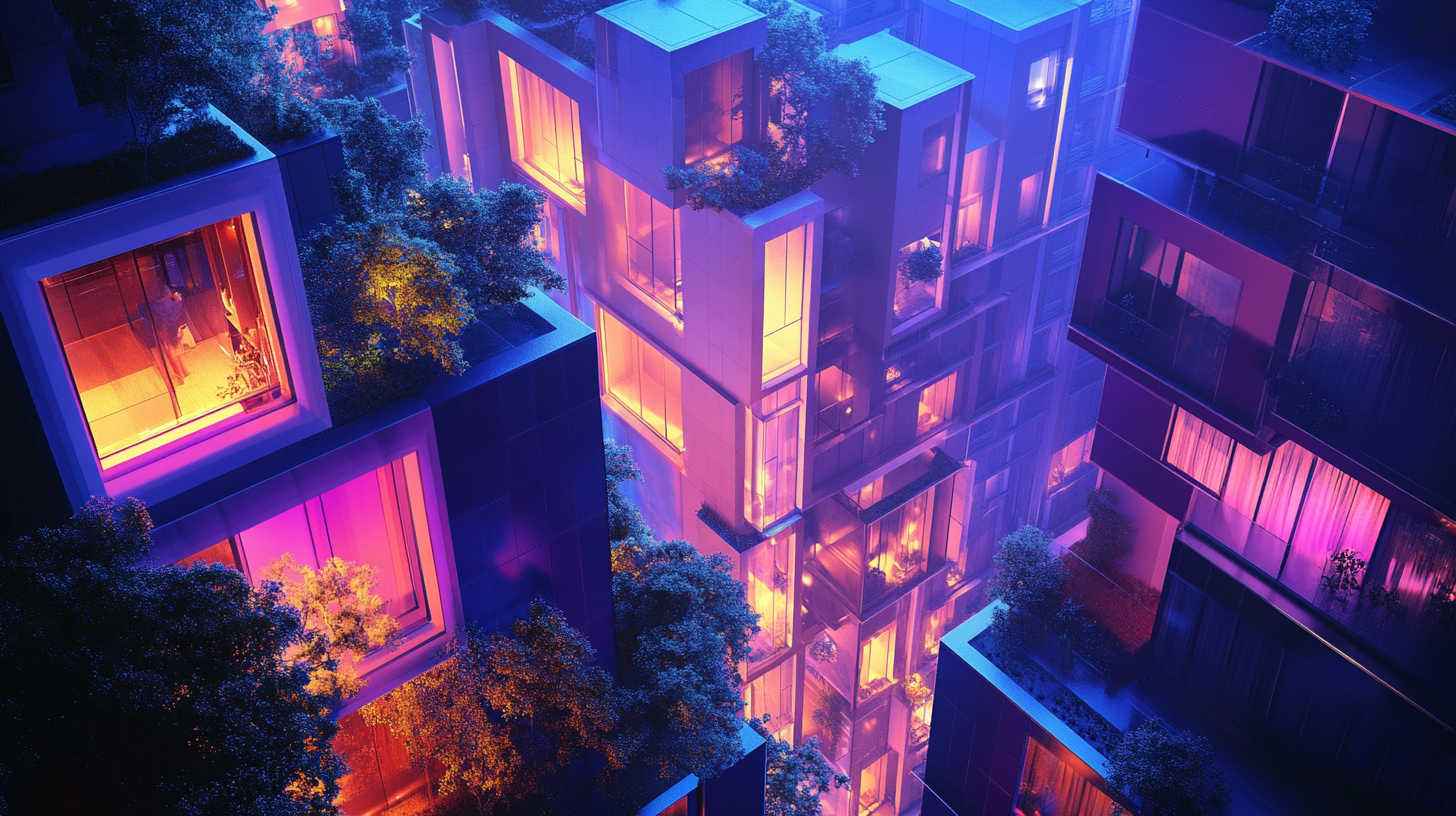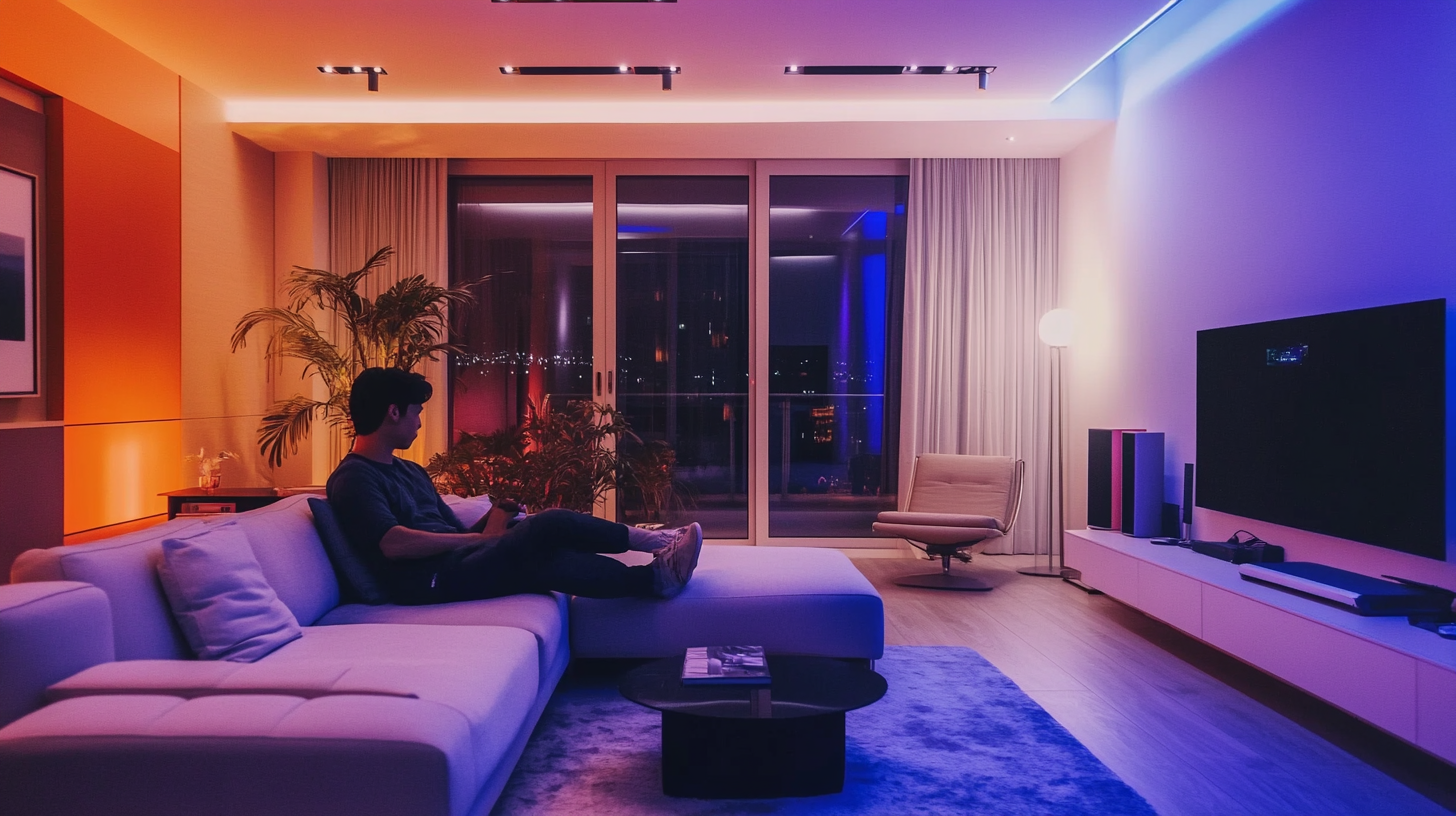Unlock the Potential of Smart Lighting Systems: A Comprehensive Guide to Energy Efficiency and Sustainability Trends
In today's rapidly evolving world, where energy consumption and environmental sustainability are of paramount importance, the role of Smart Lighting Systems has never been more critical. These advanced systems not only provide illumination but also leverage technology to enhance energy efficiency, reduce costs, and improve the overall quality of light in our environments. As urban landscapes grow and smart city initiatives flourish, understanding the benefits and capabilities of Smart Lighting Systems becomes essential for businesses and homeowners alike.
This comprehensive guide explores the latest trends in energy efficiency and sustainability associated with Smart Lighting Systems. By integrating intelligent features such as sensors, automation, and data analytics, these systems are transforming the way we perceive and utilize light. From optimizing energy use to contributing to greener urban living, Smart Lighting Systems hold the potential to revolutionize our spaces while significantly reducing our ecological footprint. Join us as we delve into the intricacies of these advanced lighting solutions and uncover how they can unlock a more sustainable future for all.

The Evolution of Smart Lighting Systems: From Basic Illumination to Intelligent Solutions
The evolution of smart lighting systems has been revolutionary, transitioning from basic illumination to sophisticated intelligent solutions. In the past, lighting was primarily functional, serving the simple purpose of visibility. However, with advancements in technology, smart lighting has become an integral component of urban infrastructure and energy management. According to a report from Grand View Research, the global smart lighting market is expected to reach $118 billion by 2025, demonstrating a compound annual growth rate (CAGR) of 23.4%. This rapid growth is largely attributed to the increasing demand for energy-efficient solutions and improved urban living conditions. Today’s smart lighting systems not only enhance the visual aesthetics of spaces but also play a crucial role in energy efficiency and sustainability. They leverage advanced technologies like IoT, sensors, and AI to adjust light levels according to real-time conditions. For instance, a study by McKinsey & Company noted that smart lighting could reduce energy consumption by up to 80% in commercial buildings when combined with effective management systems. Such efficiency not only lowers operational costs but also significantly contributes to reducing carbon footprints, aligning with global sustainability goals. Moreover, the integration of smart lighting with renewable energy sources further amplifies its sustainability benefits. The International Energy Agency (IEA) reports that buildings account for approximately 37% of global CO2 emissions, making the shift to smart, energy-efficient lighting systems essential in combating climate change. The future landscape of urban environments hinges on these intelligent solutions, as they move beyond traditional functionality to become key players in creating sustainable, livable cities.

Energy Efficiency Metrics: How Smart Lighting Reduces Consumption by Up to 80%
Smart lighting systems have emerged as a transformative solution in the quest for energy efficiency, boasting the ability to reduce energy consumption by up to 80%. These systems utilize advanced technologies such as LED lighting, motion sensors, and IoT connectivity to tailor lighting output according to real-time needs. For instance, smart lights can automatically adjust brightness levels based on the time of day and occupancy, ensuring that energy is only used when and where it is needed.
The metrics of energy efficiency are pivotal in illustrating the tangible benefits of smart lighting systems. Traditional lighting solutions often waste energy through constant usage, but smart lighting dynamically responds to environmental changes, optimizing energy consumption. Studies have shown that buildings equipped with smart lighting technologies not only cut energy bills significantly but also contribute to lower carbon footprints, as less energy consumption leads to reduced dependence on fossil fuels.
Furthermore, the sustainability trends associated with smart lighting extend beyond just energy savings. The longevity of LED bulbs translates to fewer replacements, thereby minimizing waste. Additionally, smart lighting systems can be integrated with renewable energy sources, allowing users to harness solar or wind power, further enhancing their sustainability profile. It’s clear that the adoption of smart lighting systems is a step forward not just for energy efficiency but for a more sustainable future.

Sustainability Trends: The Role of LED Technology in Minimizing Carbon Footprint
The rapid advancement of LED technology is revolutionizing how we approach energy efficiency and sustainability in lighting systems. Unlike traditional incandescent or fluorescent bulbs, LEDs consume significantly less energy while providing superior illumination. This reduction in energy usage directly correlates to a decrease in greenhouse gas emissions, making LEDs a vital component in the global effort to minimize our carbon footprint. By switching to LED lighting, businesses and households alike can contribute to significant environmental benefits, from lowering energy bills to reducing reliance on fossil fuels.
Furthermore, the longevity of LED products enhances their sustainability profile. Typically lasting up to 25,000 hours or more, LEDs outpace conventional bulbs, which often require frequent replacements. This durability not only reduces waste sent to landfills but also lessens the resources consumed in manufacturing and transporting lighting fixtures. As consumers and organizations seek more sustainable choices, the adoption of LED technology is increasingly seen as indispensable in the quest for responsible energy use.
In addition to efficiency and waste reduction, the integration of smart lighting systems further amplifies the sustainability trends associated with LED technology. Smart lighting can automatically adjust based on occupancy and natural light levels, optimizing energy consumption without sacrificing comfort or convenience. By harnessing the capabilities of LEDs in combination with smart technology, we can create intelligent, adaptive lighting environments that significantly reduce energy usage and support a more sustainable future. This convergence of innovation not only meets the needs of modern living but also prioritizes our planet's health, illustrating how technology can lead the way to a brighter, greener world.

Integrating IoT in Smart Lighting: Enhancing Control and Automation for Better Management
As urban environments grow and the demand for energy-efficient solutions escalates, IoT integration in smart lighting systems presents a transformative opportunity for cities and businesses alike. By harnessing the Internet of Things, these systems enable real-time communication and control, optimizing energy use while enhancing user experience. Smart lighting solutions equipped with IoT sensors can adjust brightness based on natural light levels, occupancy, and even time of day, significantly lowering energy consumption without compromising safety or comfort.
Automation plays a pivotal role in enhancing the management of smart lighting. Through the implementation of intelligent algorithms and machine learning, systems can learn from historical data to forecast lighting needs, thereby ensuring that lights are on only when necessary. This not only boosts energy efficiency but also contributes to sustainability goals by reducing the carbon footprint of urban infrastructures. Moreover, remote control options allow facilities managers to monitor and adjust lighting settings from anywhere, streamlining operations and reducing maintenance costs.
Integrating IoT in smart lighting also provides a platform for advanced features such as maintenance alerts and usage analytics. These capabilities allow stakeholders to gather valuable insights into lighting performance and user behavior, leading to informed decision-making. As cities increasingly adopt smart technologies, the alignment of lighting systems with broader smart city initiatives becomes essential, paving the way for a more connected, efficient, and sustainable future.
Case Studies: Success Stories of Businesses Achieving Energy Savings with Smart Lighting
The integration of smart lighting systems has transformed how businesses approach energy efficiency. According to a report by the International Energy Agency (IEA), the adoption of smart lighting can lead to energy savings of anywhere from 30% to 70%, depending on the technology implemented and the specific environments. Numerous case studies exemplify this trend, showcasing businesses that have successfully reduced energy costs while also promoting sustainability.
One notable example is a retail chain that installed advanced LED lighting coupled with smart sensors. By implementing a lighting control system that adjusts brightness based on occupancy and natural light availability, the company achieved a remarkable 40% reduction in energy consumption within the first year. Additionally, the transition to LED lights not only lowered their carbon footprint but also enhanced the shopping experience, demonstrating that sustainability and customer satisfaction can go hand in hand.
Another compelling case is seen in the educational sector, where a university upgraded its campus lighting to smart LED systems. In collaboration with a leading energy consultancy, the institution monitored energy usage and optimized settings across different buildings. This initiative resulted in annual savings of over $100,000, with a payback period of less than three years. Such success stories reinforce the economic benefits of embracing smart lighting technologies, encouraging other organizations to consider similar upgrades to achieve long-term energy efficiency and sustainability goals.







